Are all French citizens in 2018 treated alike as suggests French Ambassador to the U.S ?
Trevor Noah, South African Comedian and Political commentator, faced the wrath of French nationals and government following his remark that "Africa won the world cup". Serge Araud, French Ambassador to the U.S., argued that all of the French National players, except for two, were all from French descent (that is ... they were born in France, schooled in France, etc...) and were not Africans... He claimed that France was a diverse country considering all its citizens regardless of their origins alike.
Well, let's hear how French institutions regard some of their Afro-descendants nationals from the horse's mouth itself?
/https%3A%2F%2Fafropunk.com%2Fwp-content%2Fuploads%2F2018%2F05%2FCannes-2018-cr-GettyImages-959225198.jpg)
Black French actresses stunt on Cannes Film Festival to denounce racism in film industry | AFROPUNK
Black French actresses are ready to fight erasure and racism in the film industry. As we recently reported, a group of 16 women recently released a book to share their experiences. They're ...
The Carnaval of Dunkerque in the North of France in March 2018, supported by the Mayor of the town, dismissed the request of many black organisations who felt that the representation of "the ball of the blacks" using black faces was offensive to Afro descendants, and didn't want this parade and tradition to be upheld by French institutions.
/https%3A%2F%2Fo.aolcdn.com%2Fimages%2Fdims3%2FGLOB%2Fcrop%2F1572x825%2B3%2B914%2Fresize%2F1200x630%21%2Fformat%2Fjpg%2Fquality%2F85%2Fhttp%3A%2F%2Fo.aolcdn.com%2Fhss%2Fstorage%2Fmidas%2Fc3c170244791328ac8f1023b53df02df%2F206116474%2F000_ZG1FK.jpg)
Face à la polémique, le maire de Dunkerque défend la "Nuit des Noirs" pour le carnaval
SOCIÉTÉ - "Acte raciste" ou "droit à la caricature"? Une polémique a ressurgi avant l'ouverture dimanche du carnaval de Dunkerque autour du bal costumé de la "Nuit des Noirs" programmé le 10 ...
How does the French Federation of Football deal with offensive behaviours from French footballers on the question of race? That was Antoine Griezmann, by the way, who did apologize realizing that it was inappropriate..
/https%3A%2F%2Fheavyeditorial.files.wordpress.com%2F2017%2F12%2Fantoine-griezmann-blackface.jpeg%3Fquality%3D65%26strip%3Dall%26fit%3D440%2C330)
Antoine Griezmann Posts Blackface Photo on Twitter
French soccer star Antoine Griezmann is facing backlash after posting a photo in blackface on Twitter. The 26-year-old Atlético Madrid forward tweeted the picture Sunday with the caption, "80's ...
https://heavy.com/sports/2017/12/antoine-griezmann-blackface-photo-picture/
Is French Police treating Black youth alike or was this an isolated incident?
/https%3A%2F%2Fo.aolcdn.com%2Fimages%2Fdims3%2FGLOB%2Flegacy_thumbnail%2F1200x630%2Fformat%2Fjpg%2Fquality%2F85%2Fhttp%3A%2F%2Fi.huffpost.com%2Fgen%2F5091356%2Fimages%2Fn-THEO-SAINT-SEINE-DENIS-628x314.jpg)
French Police Sodomized Young Black Man By Accident: Investigators
French investigators said Thursday that the police officers in Paris who sodomized a young black man with a baton did so accidentally, and that the incident does not constitute rape. The 22-year-old
https://www.huffingtonpost.ca/2017/02/10/french-police-sodomy_n_14678844.html
La Kaz Kreol et le SACE au Cours Julien, quand l'art et la cuisine fusionne
La Kaz Kreol est un nouveau restaurant rapide tropical situé au 10 cours Julien dans le 6ème arrondissement de Marseille sur deux niveaux.
Au rez de chaussée se tient l'espace de restauration. On y trouve des mets tropicaux tels que:
- les Bokit "sandwich guadeloupéen
- des fricassés de chatrou "poulpe avec de la banane plantain
et bien évidemment le planteur.
Le restaurant est ouvert du lundi au samedi le midi et le soir et un lieu unique à Marseille.
Au premier étage se trouve un espace artistique nommé S.A.C.E (Spirituel-Africain-Caraïbéen-Expression). Celui-ci est dédié à l'art Africain et Caraïbéen, tel que son nom l'indique et est aussi un espace d'expo vente pour des artistes locaux tels que Rhalis Cangou et Ozas 99 Prod.
Le S.A.C.E nous invite à concevoir l'art différemment au quotidien et le à partager avec un large public large.
Pour plus d'infos sur Kaz Kreol, cliquez sur le lien FB ci-dessous:
La Kaz Kreol - Marseille, France - Caribbean Restaurant | Facebook⭐
La Kaz Kreol, Marseille, France. 8 likes · 8 were here. Caribbean Restaurant
https://www.facebook.com/pages/La-Kaz-Kreol/1805688519734205
Carnaval de Londres et Batuke 2018 avec Difé Kako
Mega parade du CarnavalDépart de Paris et Marseille pour le Carnaval de Londres et Batuke Festival 2018
C'est donc, bel et bien, reparti pour cette année, Chantal Loial, l'ambassadrice des danses créoles, chevallier de la légion d'honneur pour sa contribution à la promotion des danses créôles, retrouvera les organisateurs et participants du Festival Batuke au Rich Mix le dimanche 26 et lundi 26 août à Londres pour nombres d'ateliers.
Voir le reportage de France Télévisions ci-dessous sur le festival Batuke 2017:
Continuez à lire ci-dessous pour plus d'infos:
/https%3A%2F%2Fi.ytimg.com%2Fvi%2Fou5xAmg36H4%2Fhqdefault.jpg)
BATUKE! Festival in the news: Martinique 1re (France Télévisions)
In 2017, France Televisions visited BATUKE! Festival to investigate on the strong links between Afro Luso culture and the French West Indies. They focused on Chantal Loial's workshop, our guest of ...
Au programme : un weekend de stages de danse avec des artistes internationaux, show, soirée (dimanche) et Carnaval (lundi ) !
Ce voyage culturel et convivial autour des danses afro-lusophones et créoles suit une première collaboration avec la structure Vivement Londres à Marseille qui avait réunie plus d'une vingtaine de personnes de Marseille et Paris pour le festival Batuke 2017.
Voir photos ci-dessous
Continuez à lire pour plus d'infos et pour réserver vos places pour le carnaval
Vous aimeriez nous rejoindre.
Formule tout compris (arrivée samedi 25/08 et départ mardi 28/08) : aller-retour ; logement chambre 2 personnes à partager pour 3 nuits
Le Carnaval : BATUKE! 2018 se tiendra au Rich Mix, autour d'une journée intense d'ateliers, shows et soiree (dimanche) et une journée de défilé carnaval (lundi).
Vous pouvez aussi participer à la parade du Carnaval de Notting Hill Gate et du festival Batuke en option FULL PASS.
Comme d'habitude, on aura un temps de personnalisation de nos T-shirts et de maquillage avant de rejoindre le char, sound system et la parade.
Réservez vite à : communication@difekako.fr et rejoignez l'event FB pour Paris ou contactez-nous à promo@afroculture.co.uk pour plus d'infos et les tarifs en vigueur.
Pour plus d'infos sur BatukeFestival, voir le lien ci-dessous.
/https%3A%2F%2Fstatic.wixstatic.com%2Fmedia%2F183d41_65088b33f0924629ada46d3c1db1795d~mv2.jpg)
BATUKE! Afro-Luso Festival | Kizomba | London |
Kizomba UK Ltd. produces BATUKE! Festival in London, an Afro Luso immersion where participants can learn, improve or perfect dance forms such as Kizomba & Semba in London.
Leah Sharibu, adolescente nigérianne de 15 ans toujours entre les mains de Boko Haram!!
Leah Sharibu, une adolescente nigérianne de 15 ans, était parmi les 119 étudiantes capturées par Boko Haram du collège "Science Technical College" à Dachpim dans l'état de Yobe au Nigéria en février 2018.
Toutes les filles ont été éventuellement relachées, à l'exception de 5 mortes en détention et Leah Sharibu, retenue par le groupe extremiste Boko Haram par refus d'obtempérer et de renoncer à sa foi chrétienne.
La Grande Bretagne a promis son soutien au gouvernement nigérian pour que Leah soit libérée.
Voir vidéo en anglais ci-dessous pour plus d'infos!!
Mic Assassin, Back to my 1st Love
/https%3A%2F%2Fi.ytimg.com%2Fvi%2F79Cg5q4jWd0%2Fhqdefault.jpg)
Mic Assassin - Lewisham People's Day 2018 - #BackToTheRawness Live
Mic Assassin - Lewisham People's Day 2018 - #BackToTheRawness Live * I had some issues with sound , My apologies * My first performance in 9 years , feels good to be back on stage doing what I love!
We interviewed Mic Assassin at Lewisham People's Day 2018
After a full on career in music, on the UK hip hop scene, touring, owning his own record label at age 18 and producing mixtapes, Mic Assassin decided, in 2007, to start a new career in videowork.
He launched his own video production company and channelled his creativity in producing visual content in the place of creating music. Slightly desillusioned with the music industry at that time which was part of his life since age 9, this new discipline allowed him to meet new people from different industries and walks of life. It also was a lucrative industry which gave Mic Assassin a break from relentlessly working underground selling 1000s of CDs, over the years, hand to hand.
/https%3A%2F%2Fi.ytimg.com%2Fvi%2F1mm5vElOW-k%2Fhqdefault.jpg)
Mic Assassin - The Journey - Documentary / EPK
We went deep in the archives for this it's been a year in the making. It shows parts of my music journey from the age of 14 to present. From Rap Battles, Live Performances, Cyphers around the world
Since, Mic Assassin is ready to take up music again. He wants it to be fun as he realised that music in his life is better than not doing it and he wants to keep consistent with it. Music has changed though; he is fully aware of it and committed to finding that new sound that best expresses who he is as an artist, a creative and a lyricist. Mic Assassin is also putting an ensemble of musicians together to tour, more shows are coming in November and December, as well as releasing online creative work.
To all of you reading, Mic Assassin's final word to you is "I hope you are pushing your dreams and true to yourselves, living to the best of yourselves"
As his own lyrics declare " You came from a long line, strong line of kings..."
Never forget where you come from, sky is the limit peeps!!!
The new book of the Pan African activist and Beninese author Kemi Seba
Saturday, June 30, 2018, Kemi Seba was holding his book signing, following the release of his new book "L'Afrique Libre ou la Mort - A Free Africa or death" at Moussa L'africain, a restaurant located in the heart of Paris, near les Halles. " During 3 hours, a constant parade of supporters came to buy their copy of the book, sometimes two or three, from a big brother and a world icon against the oppression of afro-descendants and campaigning for the sovereignty of Africa. In the greatest calm and respect, the session was punctuated by embraces and words of encouragement, in order to provide practical support to the activist and author Kemi Seba. In two hours, more than 500 books were sold.
Keep reading below for our review of Kemi Seba's book
The book
"L'Afrique Libre ou la Mort" awakens us to the resurgence of a pan-African movement in the 21st century embodied by Kemi Seba. This fight is part of the continuity of the mission of our ancestors who fought for the sovereignty of Africa in order to, as will tell the author, "regain our former nobility".
The resonance of the title to the slogan of Thomas Sankara, Pan-African resistance icon of the 1980s "La Patrie ou la Mort, nous vaincrons - the fatherland or death, we will overcome" and the choice of the cover of the book in front of the tomb of the latter in the cemetery of Dagnoen in Burkina Faso are full of symbolism and bearers of hope.
The Pan-African mission for the liberation and self-determination of our people is still to be written and its enemies since the pseudo-independances of Africa, especially in the francophone zone, have since sophisticated their systems of impoverishment of Africa and its people all over the world.
"A Free Africa or death", therefore, retraces the geopolitical struggle of Kemi Seba and his NGO "Urgences Panafricanistes" and their legitimacy and relevance in an era where neocolonialism has transferred to ultraliberal globalism. As a result, Kemi Seba has surrounded himself with many like-minded international figures who, like him, oppose predatory exogenous forces of the 21st century, including seven men that he carefully selected to preface his book, namely:
Biram Dah Abeid, the Mauritanian politician, anti-slavery leading figure in Mauritania and in the Arab world. Jailed several times, he received in 2013 the Human Rights Prize of the United Nations.
Alexandre Douguine, Russian geopolitician, philosopher, anti-imperialist, strategic advisor of the Duma (Russian Parliament) and the Military Academy in Moscow. He is considered the most influential Russian ideologue.
Elie Domota, Guadeloupean revolutionary, trade unionist, independence activist, spokesman for the LKP (Liyannaj Kont Pwofitasyon, meaning together against the Protifasion in French and general Secretary of the UGTG (General Union of the workers of Guadeloupe).
Pedro Biscay, Argentinian lawyer who specializes in economic crime. Peronist activist advocating the Tricontinental alliance, he was for many years the Director of the Central Bank of Argentina. He is the founder of the Centre for research and prevention of economic crime.
Djimon Hounsou, Hollywood Beninese actor, known for his roles, such as in Gladiator, Amistad, Blood Diamond. He is about to release a film about King Behanzin, and a documentary about Vodoun.
Ganiou Soglo, Minister of Culture in Benin from 2008 to 2011 and son of the former President of the Republic of Benin, Nicéphore Soglo. He is considered to be the pygmalion of Beninese cultural life.
Nicolas Anelka, non-conformist and icon in the French suburbs, international footballer and manager who played for PSG, Manchester City and Chelsea.
Continue to read the review of the book below and access the links to order your copy of the book online (your English copy will be available in the next coming months):
In this work, succeeding 3 essays on neocolonialism (Supra Négritude in 2013, Black Nihilism in 2014 and Obscure Epoque in 2016), Kemi Seba provides a framework and reading grid for young Africans and afro-descendants, as well as to future generations, in a plain language to allow them to decrypt the systemic oppression they face and to encourage them to active citizenship, true to his slogan "what African elites do not do for the people, the people will do it themselves".
Kemi Seba's experience on the ground as the president of the NGO Urgences Panafricanistes allowed him to theorize a struggle that is adapted to the realities of this century and which can serve as a guide to any Pan-African resistance movement. According to Kemi Seba, where the African intelligentsia has missed the boat in theorizing in the comfort of their office, formatted in the schools of colonists and failing to link the practice to the theory, " A free Africa or death is in no doubt, the most important book of their political journey and especially a reflective guide for the new generation of Pan-Africanists, far from the theorists who have never experienced the struggle they champion from their keyboards". "L'Afrique libre ou la mort" is published by New African Cultures Editions and for sale on Amazon, Price Minister and FIAT LUX EDITIONS.
See the links below to order your copy of the book and to follow Kemi Seba on social networks:
/https%3A%2F%2Fimages-eu.ssl-images-amazon.com%2Fimages%2FI%2F51BTnLYNhjL._SR600%2C315_PIWhiteStrip%2CBottomLeft%2C0%2C35_SCLZZZZZZZ_.jpg)
L'Histoire se souviendra que l'année 2017 fut celle d'un début de contestation sans précédent depuis la période des indépendances dans les pays d'Afrique de la zone Franc. Le motif de ces ...
https://www.amazon.fr/LAfrique-libre-mort-Kemi-Seba/dp/2356827102
/http%3A%2F%2Feditionsfiatlux.com%2Fmedia%2Fcatalog%2Fproduct%2Fcache%2F1%2Fsmall_image%2F200x200%2F9df78eab33525d08d6e5fb8d27136e95%2Fk%2Fe%2Fkemi-seba-afrique-libre-ou-mort-couve.jpg)
L'Histoire se souviendra que l'année 2017 fut celle d'un début de contestation sans précédent depuis la période des indépendances dans les pays d'Afrique de la zone Franc. Le motif de ces ...
http://editionsfiatlux.com/catalogue/politique/l-afrique-libre-ou-la-mort
LIVE FREE OR DIE!! From Pointe à Pitre, to Unesco and beyond...
On the 8th June 2018 at Unesco in partnership with its « Slave Route » project, the founders of the "Vivre Libre ou Mourir" initiative, namely Shuck One from Guadeloupe and Emily Gonneau, French-British, representing Unicum Music, launched the first ever vinyl album connected to an app (out since the 27th May 2018) dedicated to the memory of the translatlantic slave trade.
The vynil is linked to Shuck One’s visual art installation "L"histoire en marche - History Marching" and composer Maxime Lenik’s sound illustration of it. The work of art was commissioned by the French State and is part of the permanent collection at the Memorial ACTe in Pointe à Pitre, Guadeloupe.
Thanks to the vynil, many more will now be able to remotely explore the work exposed wherever they are on the planet. The vinyl is like any other vinyl that you play on a standard turntable, yet when you scan it with a smartphone (even through the album cover) it uses NFC technology to connect you to a platform hosting :
- the tracks on the vinyl as well as bonus featuring Lilian Thuram
- the biographies of the Shuck One and Maxime Lenik, the art installation’s co-creators
- videos about Shuck One’s 'History in the making'
- content provided by UNESCO from its « Slave Route » project
- updates and news on the topic concerning the duty of memory of the transatlantic slave trade
In order for the user’s experience of the project may happen over a long period of time, new content will progressively be uploaded onto the app on a monthly basis, such as :
- educational videos
- videos exploring the creative process
- interviews with personalities about the importance of the Transatlantic Slave Trade’s impact on our collective memory today and beyond
- presentation of the tools and material used to compose
Continue to read for more info on the project "Vivre Libre ou Mourir"
How did it all begin?
It all started in 2015 when Shuck One, a visual and street art artist was commissionned to create a visual installation for the Memorial ACTe in Pointe à Pitre, Guadeloupe called "L'Histoire en Marche".
This fine arts project pays hommage to the fight for Freedom against Napoleon Bonaparte's troops which came to Guadeloupe to reestablish slavery in 1801, initiated and led by Joseph Ignace and Louis Delgres. It is a contemporary reflection of the 21st century concerning a page of History which is still being written today through ongoing research for which perception must continue to contribute to the collective conscience.
It consists in a composition in volume with the intervention of different techniques: acrylic, aerosol, magic-marker, collages of heteroclitic elements. The work in volume is conceived from a vintage map of Guadeloupe which traces a topography of confrontation. With regard to this topography, a chronology of the conflict is integrated in the form of collages.The work invites us to stride in the wake of the resistance, its path on a factual and physical dimension with the integration in volume of dismembered bodies, charred projections of flesh with gunpowder impactions; the extreme violence with which the insurgents faced the men of Richepance is palpable. The movements of Ignace and Delgrès' troops become charged with a mental and ideological dimension, notably signified by Delgrès' declaration of May 10th 1802, cited and presented in collage form: « LIVE FREE OR DIE! » its relevance is universal!
This visual installation is complemented by a sound installation composed by Maxime Lenik and interpreted by Yorrick Troman. See link below for their biographies (French only, English soon available)
Continue reading for more upcoming events of "Vivre Libre ou Mourir" and Shuck One's biography
This work will continually be evolving and the project will be presented in a number of cities across the world.
Next dates will be on the 21st October 2018 at the Memorial ACTe in Point-à-Pitre to commemorate the 21st October 1801 when Louis Delgrès, French army battalion chief, led the rebellion in Guadeloupe, alongside Joseph Ignace, against the Napoleonic troops of general Richepance sent to restore slavery on the island, which concluded with the famous cry of Louis Delgrès "Live Free or Die", who preferred to commit suicide, along with his 300 men, rather than surrender.
The event at the Memorial ACTe in Guadeloupe will journey through these tragic events supported by the visual display of Shuck One and the sound installation by Maxime Lenik, followed by a discussion.
More dates to come in 2019. Stay tuned!
Continue reading for more info on the visual, street art artist and activist Shuck One
Biography of Shuck One
Born in Pointe-A-Pitre in 1970, Shuck One moved to Paris at the age of 14 years old, where he immediately joined the emerging Hip Hop movement. The walls and the undeground arteries of the city became his principle medium of expression. Among the most active members of DCM (Da Criminal Minded), he reigned over 3 metro lines and led some of the first descents into the Parisian train stations from 1987 to 1989, which would have been classed at the time as acts of vandalism.
In 1989, with two friends, Banga and Bobo, they founded the collective "Basalt, mural expression" which actively participated in writing a new page in the history of French graffiti art until 1994, soon after he began to focus on using canvas and on developing a formal and abstract style as his unique form of expression. His works became permanent and got included in public and private collections all over the world.
Shuck One participated in the exhibit Graffiti Art, American and French, 1981-1991, at the Musée National des monuments historiques, in 1991, and TAG, at the Grand Palais, in 2009 to name but a few.
For more info on Shuck One, see link below
Coalition of Artists for The General History of Africa by Unesco
The concept of SANKOFA is derived from the Akan people of West Africa. The term comes from the words "san" (return), "ko" (go), and "fa" (look, seek, and take).
Why a general history of Africa?
"Crushed by centuries of oppression, Africa has seen generations of travelers, slave traders, explorers, missionaries, governors, and scholars of all kinds give out its image as one of nothing but poverty, barbarism, irresponsibility and chaos. And this image has been projected and extrapolated indefinitely in time, as a jurisdiction of both the present and the future... Is it surprising, then, that African History should have been accorded such a small and subordinate place in all the histories of mankind and of civilization" Introduction by J.Ki-Zerbo, GHA Volume I, Director of Volume I
"At a time when the peoples of Africa are striving towards unity and greater cooperation in shaping their individual destinies, a proper understanding of Africa's past, with an awareness of common ties among Africans and between Africa and other continents, should not only be a major contribution towards mutual understanding among the people of the earth, but also a source of knowledge of a cultural heritage that belongs to all mankind". Bethwell A. Ogot, President, International Scientific Committee for the Drafting of a General History of Africa
"In the new African renaissance, we place great emphasis on the presentation of history"
"Our History needs to be written as the History of our society, not as the story of European adventures. African society must be treated as enjoying its own integrity; its History must be a Mirror of that society, and the European contact must find its place in this History only as an African experience, even if as a crucial one. That is to say, the European contact needs to be assessed and judged from the point of view of the principles animating African society, and from the point of view of the harmony and progress of this society." Kwame Nkrumah, First President of Ghana, 1st Congress of Africanists, Accra, 1962
The monumental venture of recording the General History of Africa (GHA) was therefore initiated in 1964 in response to the aspirations of the newly independent African states to decolonize their History, and re-appropriate renewed discourses on the African past. Under the scientific and intellectual leadership of 39 members International Scientific Committee, including two-thirds of scholars from Africa such as A.Hampâté Bã, Pr. Cheikh Anta Diop, Pr. Gamal Mokhtar and more, some 350 authors, translators and volume editors from different regions, worked together for more than 35 years in view of the elaboration of the GHA.
Continue to read below for more information on the General History of Africa:
History was recorded from both written archives but also by confronting oral sources and little-known African written annals such as the Ajamis (in Wolof, Fulani, Mandingo, Bambara, Songhai, Soninke or Tamashek.... and calligraphed into Arabic script). The outcome forms a first series of 8 volumes; the main editions being in English, Arabic and French and translated into 13 languages including Kiswahili, Fulfude, and Hausa. In addition, 12 "studies and documents" and 13 volumes on the "Sources of African History" were published to accompany and complement the collection.
Please note that the volumes of the General History of Africa are available to consult and free to download. See some of the volumes and find more info by clicking the link below:
Continue reading the article below:
/https%3A%2F%2Fwww.unesco.org%2Fnew%2Ftypo3temp%2Fpics%2Fff778df5f3.jpg)
General History of Africa | United Nations Educational, Scientific and Cultural Organization
In 1964, UNESCO launched the elaboration of the General History of Africa with a view to remedy the general ignorance on Africa's history. The challenge consisted of reconstructing Africa's history
http://www.unesco.org/new/en/social-and-human-sciences/themes/general-history-of-africa/
The coalition of artists
Despite their undeniable scientific and political success, the first eight volumes of the GHA remained largely unknown to the general public and African youth. Drawing lessons from this, the global strategy for the second phase of the GHA has included a more attractive form for its products that is more in harmony with new forms of knowledge consumption, using digital technology and interactive, fun methods. It has also established a communication plan supported by opinion leaders, such as artists, to convey the message of the GHA to young Africans and the diaspora in particular. In that connection, UNESCO, represented by Ali Moussa Iye, chief of the section for History and Memory for Dialogue, as well as Tabue Nguma who coordinates the project since 2015, is establishing a network of African and non-African artists (musicians, film-makers, playwrights, actors, painters, photographers, etc.), called “the International Coalition of Artists for the General History of Africa”, in order to raise awareness among young Africans and the general public regarding the importance of a better understanding of the African continent’s history and cultures. A number of events have already taken place in Paris around different topics such as hip hop or the cinema and their artistic creations connected with the continent.
I had the pleasure to speak to both of them. They expressed their desire and commitment to see these resources reach a wider public, especially the youth in need of representation; as well as duplicating these artistic events, with a view to engaging a dialogue on African History. London could be a next location for such events.
See link below for more info and pics:
/https%3A%2F%2Fen.unesco.org%2Fsites%2Fdefault%2Ffiles%2Fstyles%2Fimg_688x358%2Fpublic%2Fafrique_artistes_0.jpg%3Fitok%3DK1FCctRU)
Launch of an International Artists' Coalition for the General History of Africa
An international coalition involving artists in the promotion of the General History of Africa will be launched at UNESCO on 7 October (6 p.m., Room IX). The coalition will help young people use the
https://en.unesco.org/news/launch-international-artists-coalition-general-history-africa
L'Afrique Libre ou la Mort, le nouveau livre de Kemi Seba
/https%3A%2F%2Fwww.senenews.com%2Fwp-content%2Fuploads%2F2018%2F06%2Fkemi-seba-redaction-senenews-600x314-watermarked.jpg)
Exclusif. Kémi Séba présente son nouveau livre " L'Afrique libre ou la mort " (Vidéo)
Sélectionné pour vous : Elimination précoce des équipes africaines du Mondial : Kémi Seba descend les dirigeants africains Sélectionné pour vous : Kémi Seba publie "L'Afrique libre ou la mo...
Interview exclusif de Kemi Seba pour Senenews
Le samedi 30 juin 2018, Kemi Seba tenait sa séance de dédicace suivant la sortie de son nouveau livre « L’Afrique libre ou la mort" chez Moussa l’Africain, restaurant situé au cœur de Paris, à proximité des Halles.
Durant 3 heures, ce fut un défilé constant de sympathisants venus acheter leur copie du livre, parfois deux ou trois, d’un grand frère et icône mondial de la lutte contre l’oppression des afro-descendants et pour la souveraineté de l’Afrique. Dans le plus grand calme et respect, ce temps de dédicace fut rythmé par des retrouvailles, des accolades et encouragements afin de soutenir concrètement l'activiste et auteur Kemi Seba. En deux heures, plus de 500 livres étaient vendus.
Continuez à lire ci-dessous pour notre revue du livre de Kemi Seba:
L’œuvre
"L’Afrique Libre ou la Mort" nous éveille à la résurgence d’un mouvement panafricain dont Kemi Seba est un porte-voix au XXIème siècle; ce combat s’inscrit dans la continuité de la mission de nos aieux qui ont lutté pour la souveraineté de l’Afrique afin de, comme le dira l’auteur, «rendre à notre peuple ses lettres de noblesse ». La résonance du titre à la devise de Thomas Sankara, icône de la résistance panafricaine des années 80 « La Patrie ou la Mort, nous vaincrons » et le choix de la couverture du livre devant la tombe de ce dernier dans le cimetière de Dagnoen au Burkina Faso sont chargés de symbolisme et porteurs d'espoir.
La mission panafricaine pour la libération et l’auto-détermination de notre peuple s’écrit toujours au présent et ses ennemis depuis les pseudos indépendances de l’Afrique, notamment de la zone francophone, ont sophistiqué leurs systèmes de paupérisation de l’Afrique et de son peuple partout dans le monde.
"L’Afrique libre ou la Mort" retrace donc le combat géopolitique de Kemi Seba et d’Urgences panafricanistes et sa légitimité et pertinence dans une ère où le néocolonialisme s’est muté en globalisme ultralibéral. De ce fait, Kemi Seba a su s’entourer de nombreuses figures internationales sympathisantes qui, tout comme lui, s’opposent aux forces prédatrices exogènes du 21ème siècle, dont sept qu’il a soigneusement sélectionnées pour préfacer son livre, à savoir:
Biram Dah Abeid, l’homme politique mauritanien, figure de proue contre la lutte contre l’esclavage en Mauritanie et dans le monde arabe. Emprisonné à plusieurs reprises, il a reçu en 2013 le prix des droits de l’homme des Nations Unies.
Alexandre Douguine, géopoliticien russe, philosophe, anti-impérialiste, conseiller stratégique de la Douma (parlement russe) et de l’Académie militaire de Moscou. Il est considéré comme l’idéologue le plus influent de la Russie.
Elie Domota, militant révolutionnaire guadeloupéen, indépendantiste, syndicaliste, porte-parole du LKP (Liyannaj Kont Pwofitasyon, signifiant Ensemble contre la Protifasion en français et secrétaire général de l’UGTG (Union Générale des Travailleurs de Guadeloupe), syndicat majoritaire de la Guadeloupe.
Pedro Biscay, avocat argentin spécialisé dans le crime économique. Militant péroniste pronant l’alliance tricontinentale, il a été durant plusieurs années le directeur de la Banque Centrale d’Argentine. Il est le fondateur du Centre de recherche et de prévention du crime économique.
Djimon Hounsou, acteur hollywoodien béninois, connu pour ses rôles tels que dans Gladiator, Amistad, Blood Diamond. Il s’’apprête à sortir un film sur le Roi Béhanzin, et un documentaire sur le Vodoun.
Ganiou Soglo, ministre de la culture au Bénin de 2008 à 2011 et fils de l’ancien président de la République du Bénin Nicéphore Soglo. Il est considéré comme le pygmalion de la vie culturelle béninoise.
Nicolas Anelka, anti-conformiste et icône des banlieues françaises, footballeur international et manager qui a joué notamment pour le PSG, Manchester City et Chelsea.
Continuez à lire la revue du livre ci-dessous et acceder aux liens pour commander votre copie du livre en ligne:
Dans cette œuvre, qui succède 3 essais sur le néocolonialisme (Supra Négritude en 2013, Black Nihilism en 2014 et Obscure Epoque en 2016), Kemi Seba offre une grille de lecture pour la jeune génération africaine et afro-descendante, ainsi qu’aux futures générations, dans un langage qu’il veut accessible, pour leur permettre de décrypter l’oppression systémique à laquelle elles font face et afin de les impulser à une citoyenneté agissante se traduisant par l'adage de Kemi Seba « ce que les élites africaines ne font pas pour le peuple, le peuple le fera lui-même".
C’est avec le peuple qu’il veut composer et son expérimentation sur le terrain en tant que président de l’ONG Urgences Panafricanistes lui a permis de théoriser une lutte adaptée aux réalités de ce siècle qui peut servir de guide à tout mouvement de résistance panafricain. Selon Kemi Seba, là où l’intelligentsia africaine a loupé le coche en théorisant dans le confort de leur bureau, formatée dans les écoles du colon et omettant de lier la pratique à la théorie, « L’Afrique libre ou la mort constitue à n’en pas douter, le livre le plus important de notre parcours politique, et surtout un guide de réflexion pour la nouvelle génération panafricaniste, très loin des théoriciens qui n’ont jamais vécu le combat qu’ils prônent au clavier ».
L’Afrique ou la mort est publié par New African Cultures Editions et en vente sur Amazon, Price Minister et FIAT LUX EDITIONS.
Voir les liens ci-dessous pour commander votre copie du livre et pour suivre Kemi Seba sur les réseaux sociaux:
/https%3A%2F%2Fimages-eu.ssl-images-amazon.com%2Fimages%2FI%2F51BTnLYNhjL._SR600%2C315_PIWhiteStrip%2CBottomLeft%2C0%2C35_SCLZZZZZZZ_.jpg)
L'Histoire se souviendra que l'année 2017 fut celle d'un début de contestation sans précédent depuis la période des indépendances dans les pays d'Afrique de la zone Franc. Le motif de ces ...
https://www.amazon.fr/LAfrique-libre-mort-Kemi-Seba/dp/2356827102
/http%3A%2F%2Feditionsfiatlux.com%2Fmedia%2Fcatalog%2Fproduct%2Fcache%2F1%2Fsmall_image%2F200x200%2F9df78eab33525d08d6e5fb8d27136e95%2Fk%2Fe%2Fkemi-seba-afrique-libre-ou-mort-couve.jpg)
L'Histoire se souviendra que l'année 2017 fut celle d'un début de contestation sans précédent depuis la période des indépendances dans les pays d'Afrique de la zone Franc. Le motif de ces ...
http://editionsfiatlux.com/catalogue/politique/l-afrique-libre-ou-la-mort

/image%2F2575472%2F20180507%2Fob_0df9a9_logo-white.png)


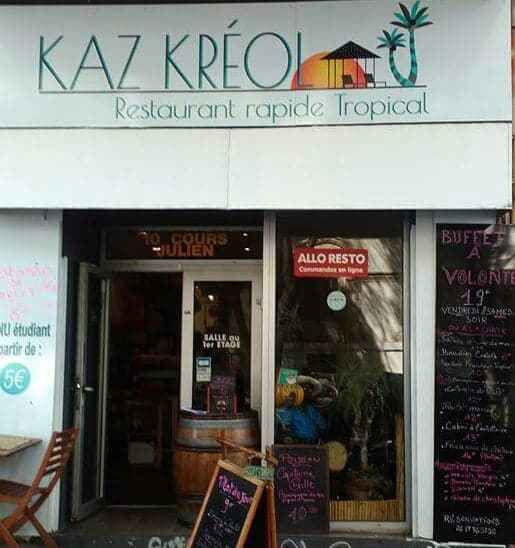


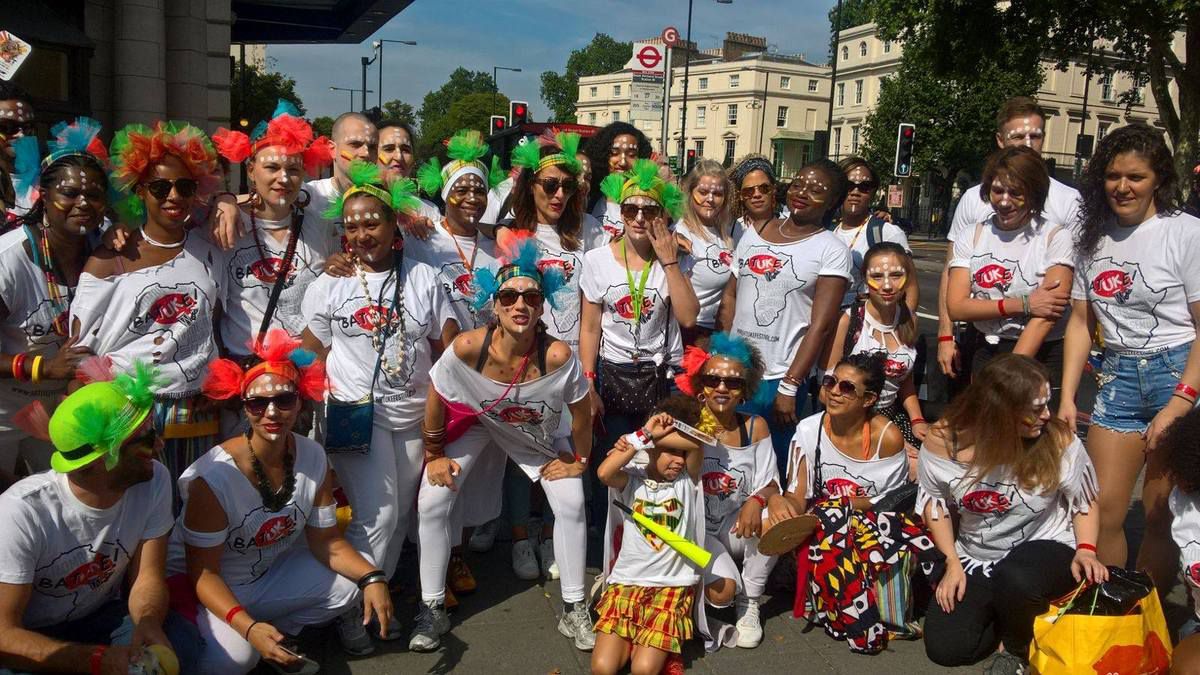
/image%2F2785598%2F20180713%2Fob_1cfcfc_21122679-723966667791576-6565624971062.jpg)
/image%2F2785598%2F20180713%2Fob_68fc07_21122622-723965964458313-4697866568241.jpg)
/image%2F2785598%2F20180713%2Fob_e0ed39_21167909-723966514458258-9046936578718.jpg)
/https%3A%2F%2Fscontent-iad3-1.xx.fbcdn.net%2Fv%2Ft1.0-0%2Fs526x296%2F29214572_1584996661619156_4836897542035734528_n.jpg%3F_nc_cat%3D0%26oh%3D99772064067f917524102b9edd51f2fe%26oe%3D5BA18B14)
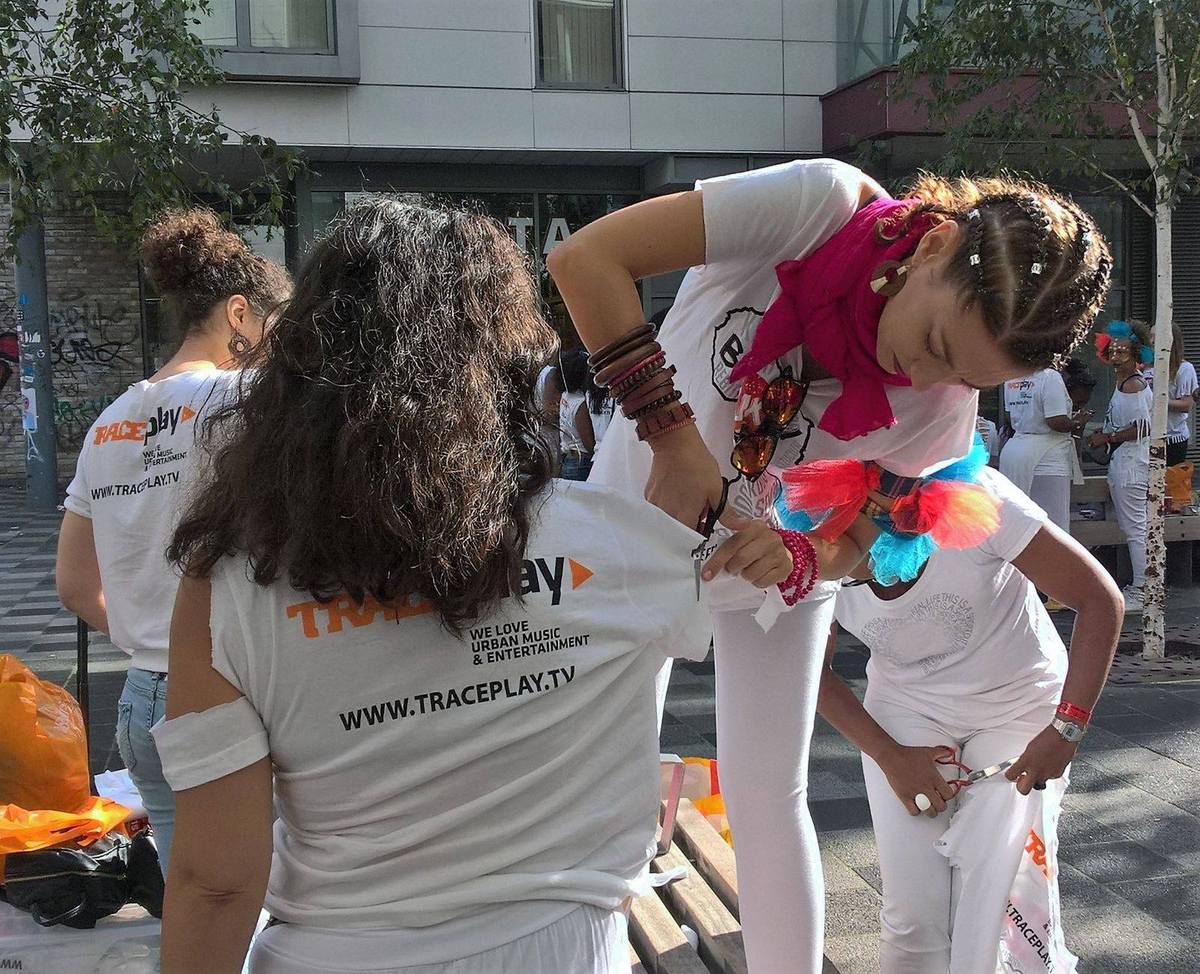

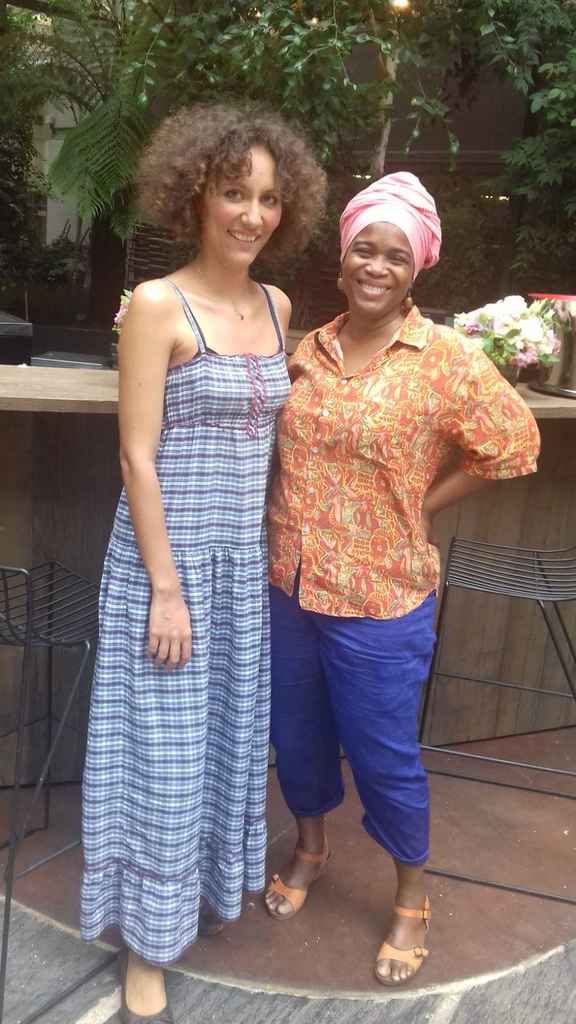
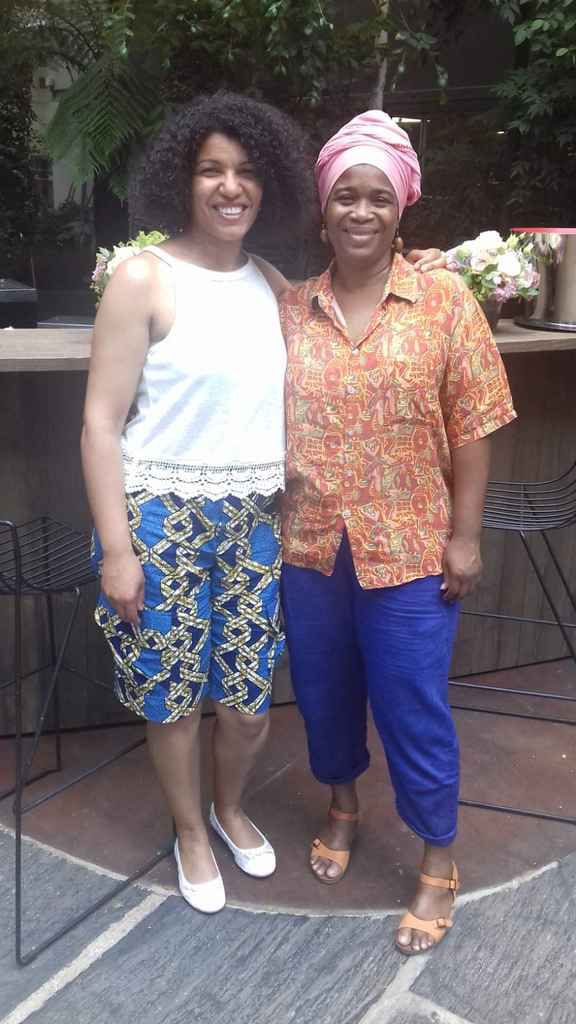



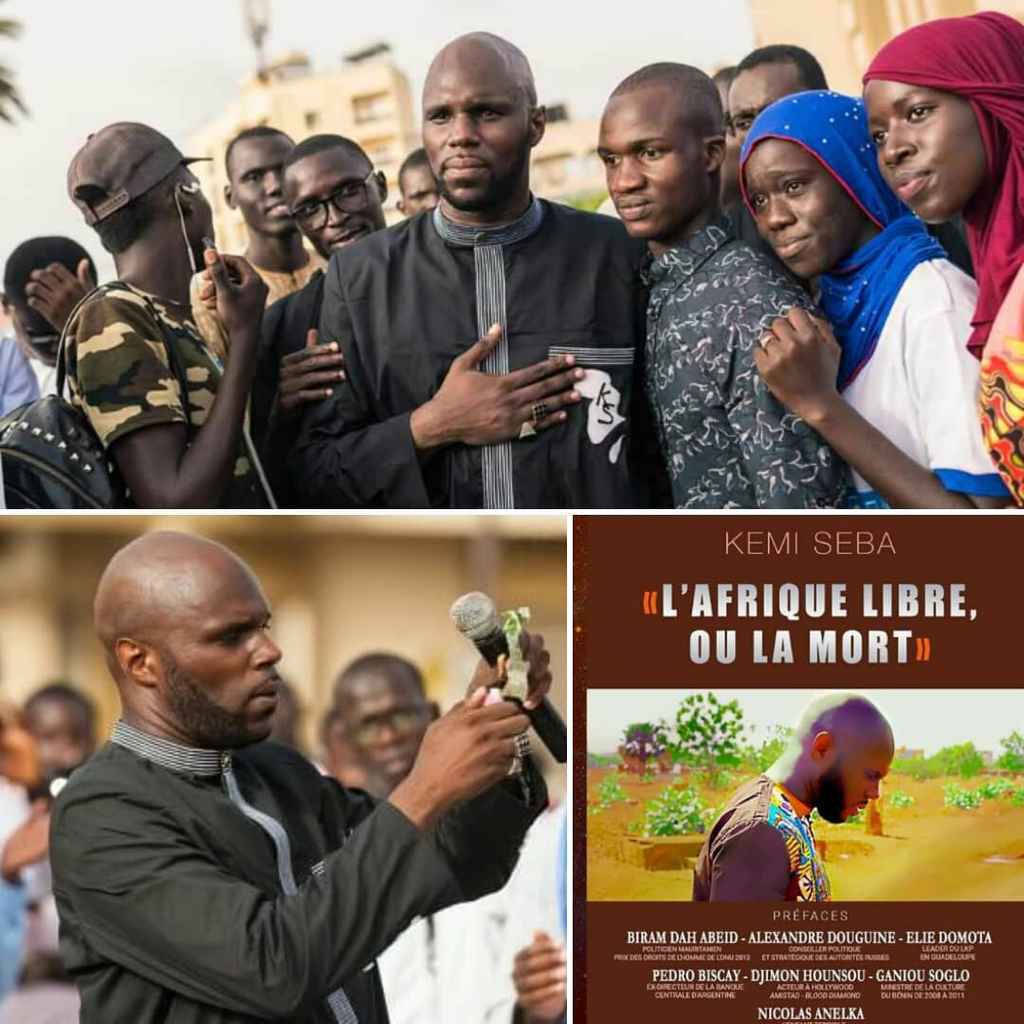
/image%2F2785598%2F20180710%2Fob_5d1b15_36464078-1750494421683781-318149174170.jpg)
/image%2F2785598%2F20180710%2Fob_3f6df5_36439472-1750494365017120-758493618917.jpg)
/image%2F2785598%2F20180710%2Fob_8a3eab_36479515-1750494375017119-863287329131.jpg)

/https%3A%2F%2Fscontent-iad3-1.xx.fbcdn.net%2Fv%2Ft1.0-1%2Fp200x200%2F24232174_10155998816757082_3372298881168613315_n.jpg%3F_nc_cat%3D0%26oh%3D46423f683c8c5c972e4c14e4fa640c28%26oe%3D5BD0C4A7)
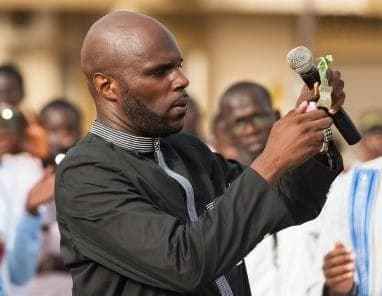

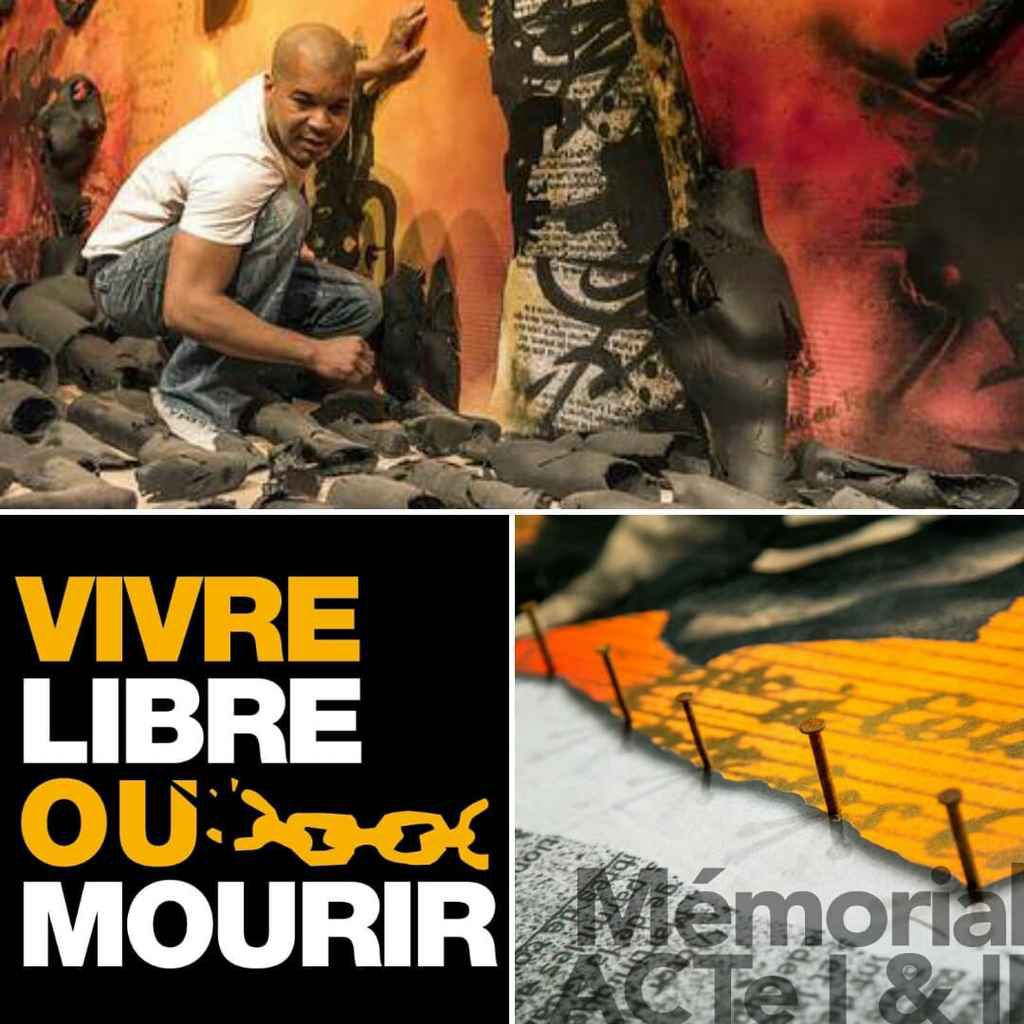



/https%3A%2F%2Fwww.vivrelibreoumourir.fr%2Fimg%2FVLOM-800x800.jpg)

/https%3A%2F%2Fshuckone.com%2Fwp-content%2Fuploads%2F2016%2F03%2F06032015-IMG_2763-1080x510.jpg)
/image%2F2785598%2F20180705%2Fob_580579_36659428-1755912904475266-149879339129.jpg)
/image%2F2785598%2F20180705%2Fob_bdc5cd_36640282-1755912921141931-623640551008.jpg)
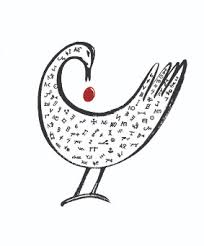
/image%2F2785598%2F20180703%2Fob_d0abd6_amadou-hampate-ba.jpg)
/image%2F2785598%2F20180703%2Fob_85c668_diop3.jpg)
/image%2F2785598%2F20180703%2Fob_5b8603_gamal-mokhtar.jpg)
/image%2F2785598%2F20180703%2Fob_feef7c_51slqdb4-bl-ac-ul320-sr220-320.jpg)
/image%2F2785598%2F20180703%2Fob_785e83_51voni6pgjl-ac-ul320-sr224-320.jpg)
/image%2F2785598%2F20180703%2Fob_231aed_unesco-vol7.jpg)

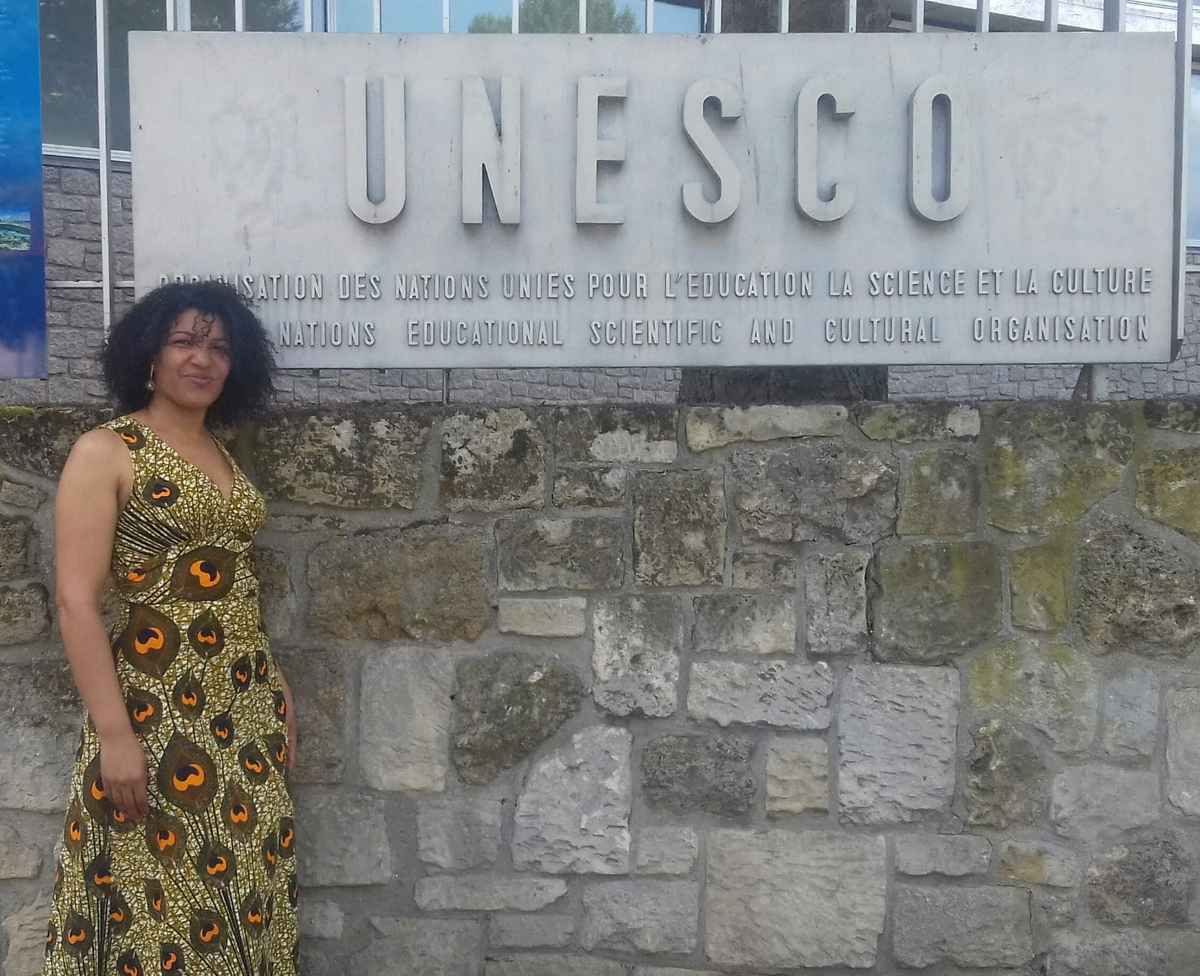

/image%2F2785598%2F20180701%2Fob_3ac4b3_36464078-1750494421683781-318149174170.jpg)
/image%2F2785598%2F20180701%2Fob_30f979_36439472-1750494365017120-758493618917.jpg)
/image%2F2785598%2F20180701%2Fob_18c887_36479515-1750494375017119-863287329131.jpg)

/https%3A%2F%2Fscontent-iad3-1.xx.fbcdn.net%2Fv%2Ft1.0-1%2Fp200x200%2F24232174_10155998816757082_3372298881168613315_n.jpg%3F_nc_cat%3D0%26oh%3Daca0c5ea4dbb8e010ce8af4c8b5f0604%26oe%3D5BA937A7)
